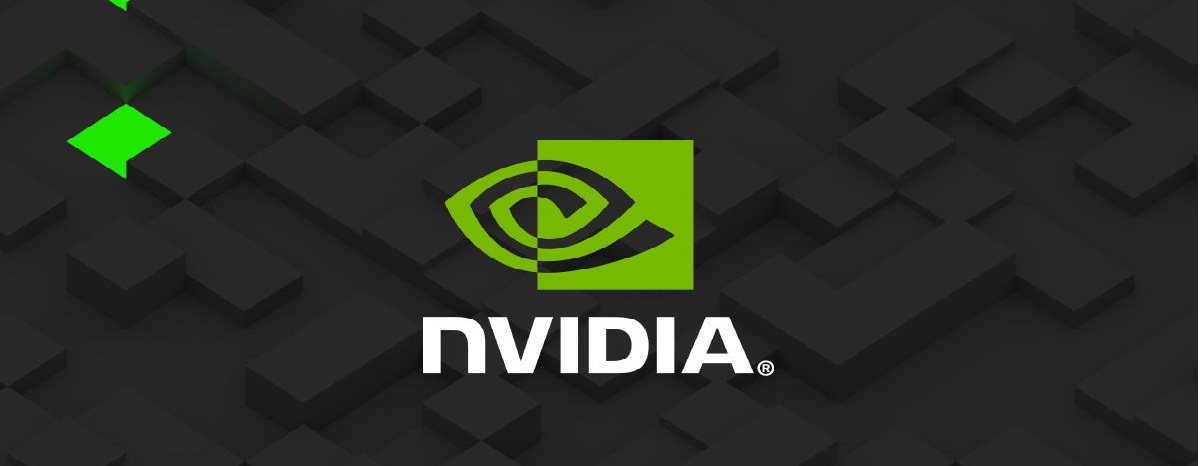
New Nvidia drivers provide vast improvements and higher performance over the open nouveau driver.
NVIDIA recently announced the release of a new branch of its driver, "NVIDIA 530.41.03", this being the fourth stable branch after NVIDIA's release of code for components that work at the kernel level.
The source code of the nvidia.ko, nvidia-drm.ko (Direct Rendering Manager), nvidia-modeset.ko, and nvidia-uvm.ko (Unified Video Memory) kernel modules from NVIDIA 530.41.03, as well as the components used in they, not tied to the operating system, published on GitHub.
Firmware and userspace libraries such as CUDA, OpenGL, and Vulkan stacks remain proprietary.
NVIDIA 530.41.03 Top New Features
In this new version of the NVIDIA 530.41.03 drivers, it stands out that a application profile to address performance issues in Xfce 4 when using an OpenGL backend with G-SYNC enabled.
Another change that stands out from the new version is that changed the compression format of the .run installation package from xz to zstd. This results in a smaller compressed package and faster decompression performance. An alternate zstd decompressor is built into the installation package for systems that do not already have a zstd decompression program installed.
In addition to this, it also highlights the compatibility with Linux kernels compiled with the protection mode IBT (Indirect Branch Tracking) enabled, as well as added support for hibernation when using the GSP firmware.
On the other hand, it is mentioned that nvidia installer stopped using XDG_DATA_DIRS environment variable (XDG data files are now installed in /usr/share or in a directory specified via the --xdg-data-dir option.) The change resolves an issue with Flatpak installed, which caused the nvidia-settings.desktop file to be located in the /root/.local/share/flatpak/exports/share/applications directory.
Of the other changes that stand out from the new version:
- The NVIDIA Settings app icon has been moved to the hicolor icon theme, allowing the icon to be changed by selecting other themes in the user environment.
- Fixed an issue with Wayland apps on systems using PRIME technology to offload render operations to AMD iGPUs (Prime Render Offload).
- Added NV-CONTROL NV_CTRL_FRAMELOCK_MULTIPLY_DIVIDE_MODE and NV_CTRL_FRAMELOCK_MULTIPLY_DIVIDE_VALUE attributes to synchronize the Quadro Sync II card with other House Sync signal parameters.
Finally if you want to know more about it About releasing this new version of the drivers, you can check the following link.
How to install NVIDIA drivers on Ubuntu and derivatives?
To install this driver we are going to go to the following link where we will download it.
Note: before carrying out any process it is important that you check the compatibility of this new driver with the configuration of your equipment (system, kernel, linux-headers, Xorg version).
Since if not, you can end up with a black screen and at no time we are responsible for it since it is your decision to do it or not.
Download now let's proceed to create a blacklist to avoid conflict with the nouveau free drivers:
sudo nano /etc/modprobe.d/blacklist-nouveau.conf
And in it we are going to add the following.
blacklist nouveau blacklist lbm-nouveau options nouveau modeset=0 alias nouveau off alias lbm-nouveau off
Done this now we are going to restart our system so that the blacklist comes into effect.
After restarting the system, now we are going to stop the graphical server (graphical interface) with:
sudo init 3
In case you have a black screen at startup or if you stopped the graphical server, now we are going to access a TTY by typing the following key configuration "Ctrl + Alt + F1".
If you already have a previous version, It is recommended that you carry out the uninstallation to avoid possible conflicts:
We just have to execute the following command:
sudo apt-get purge nvidia *
And now is the time to perform the installation, for this we are going to give execution permissions with:
sudo chmod +x NVIDIA-Linux*.run
And we execute with:
sh NVIDIA-Linux-*.run
At the end of the installation you will only have to restart your computer so that all the changes load at startup.